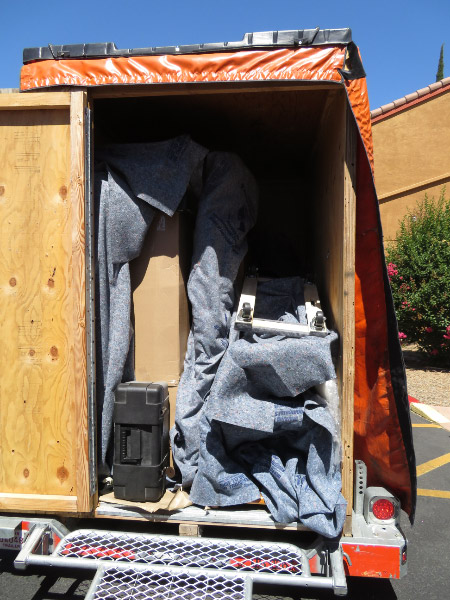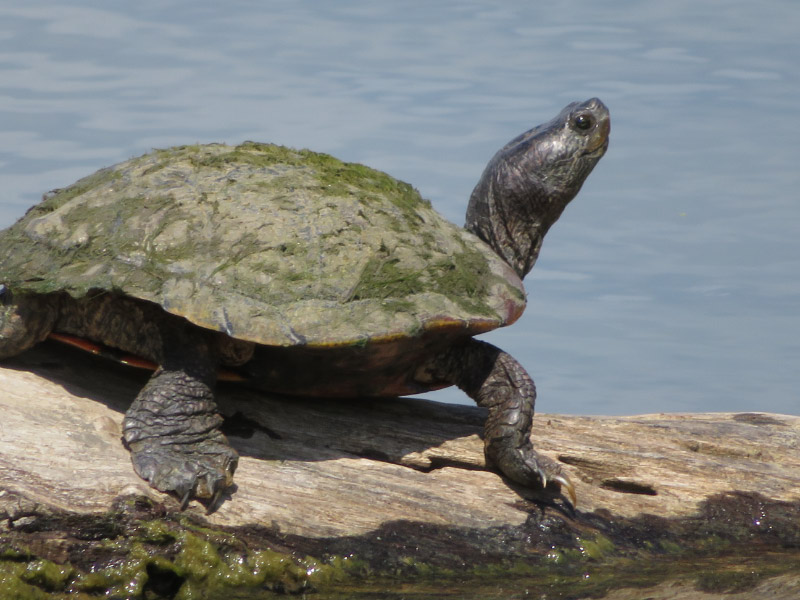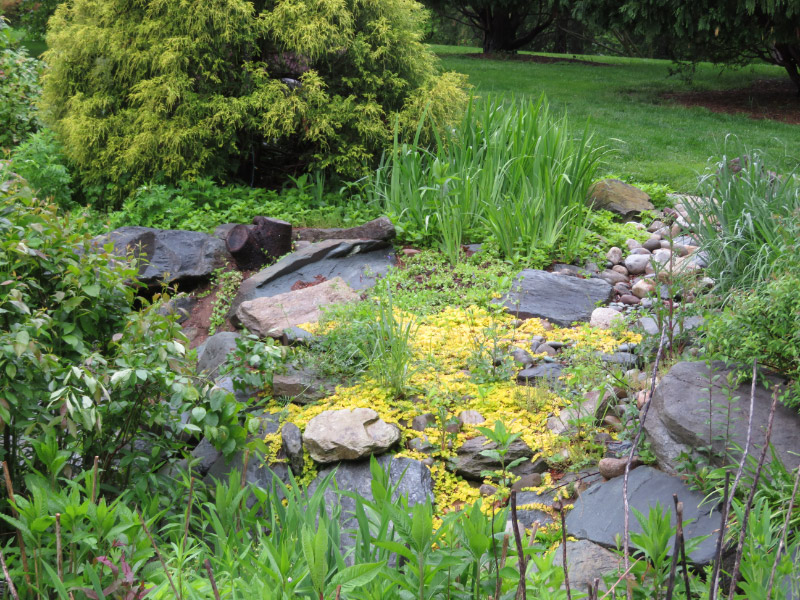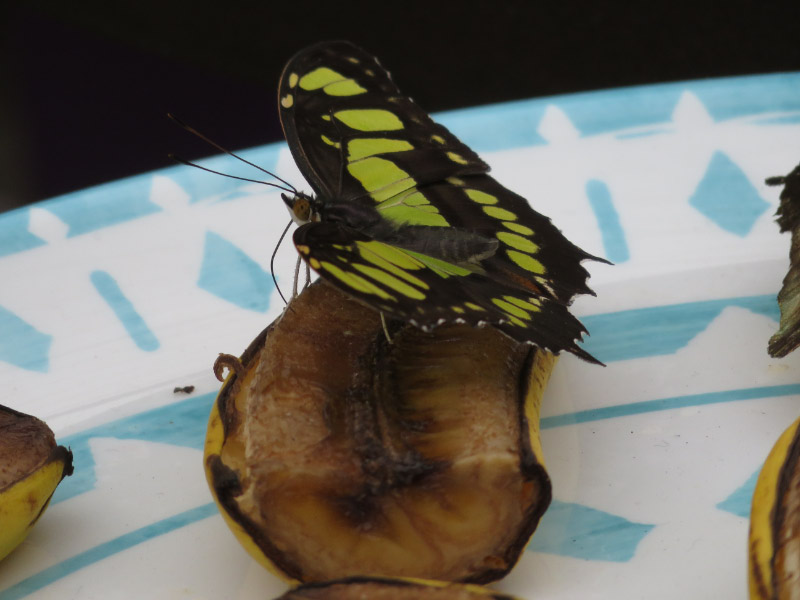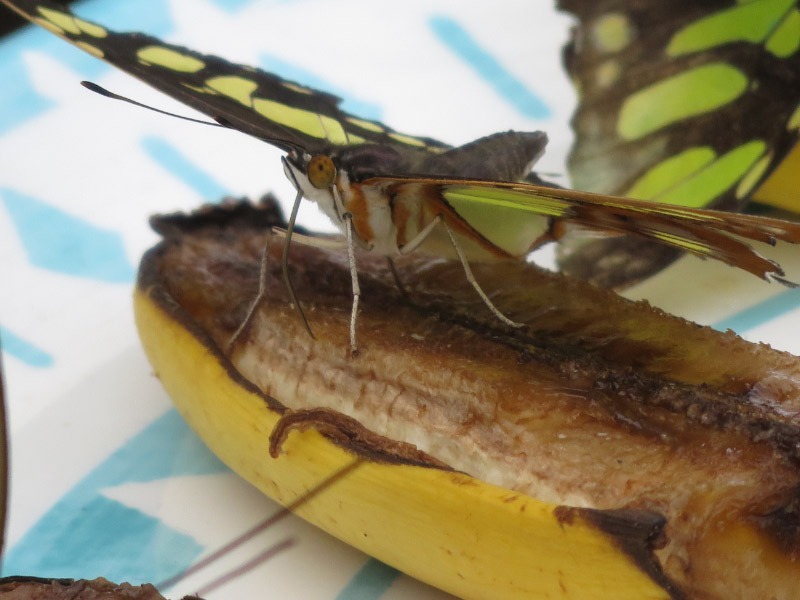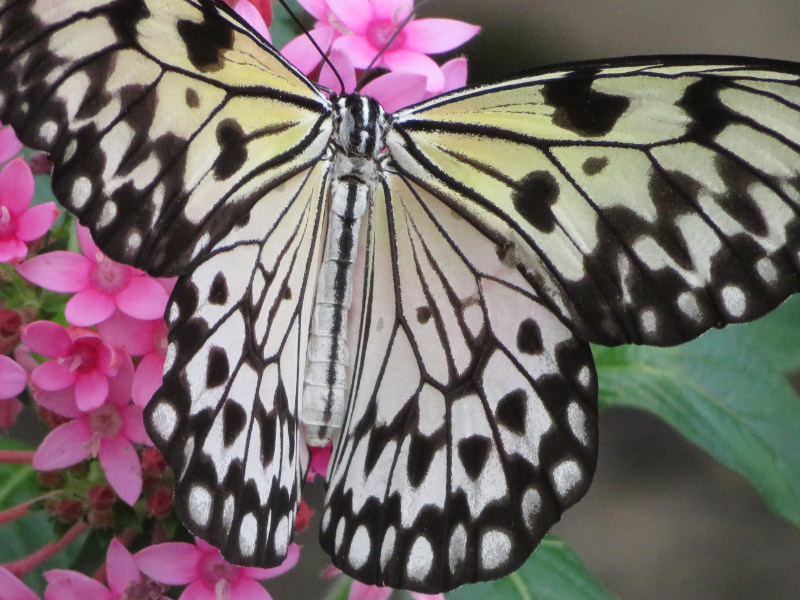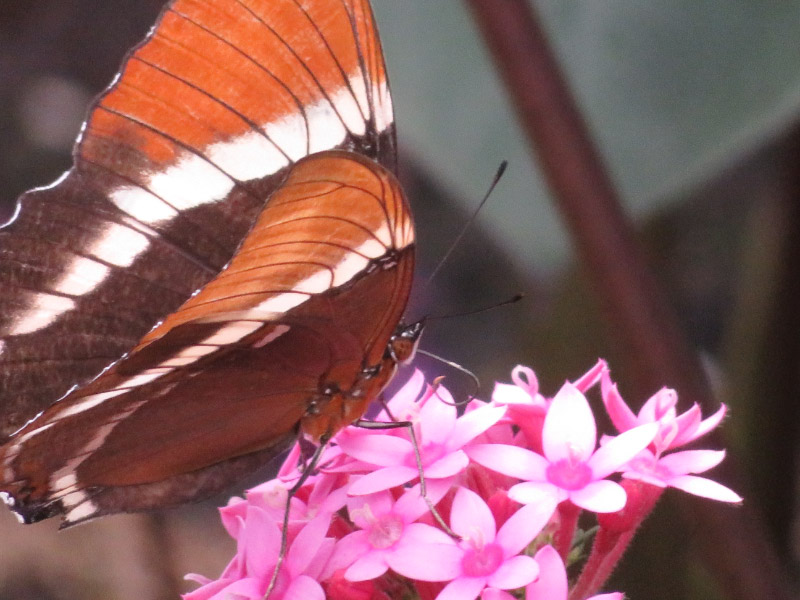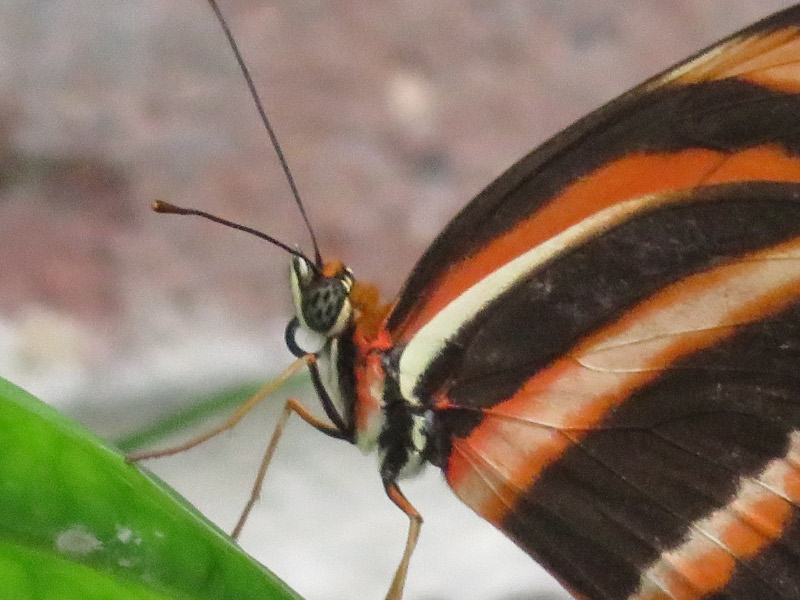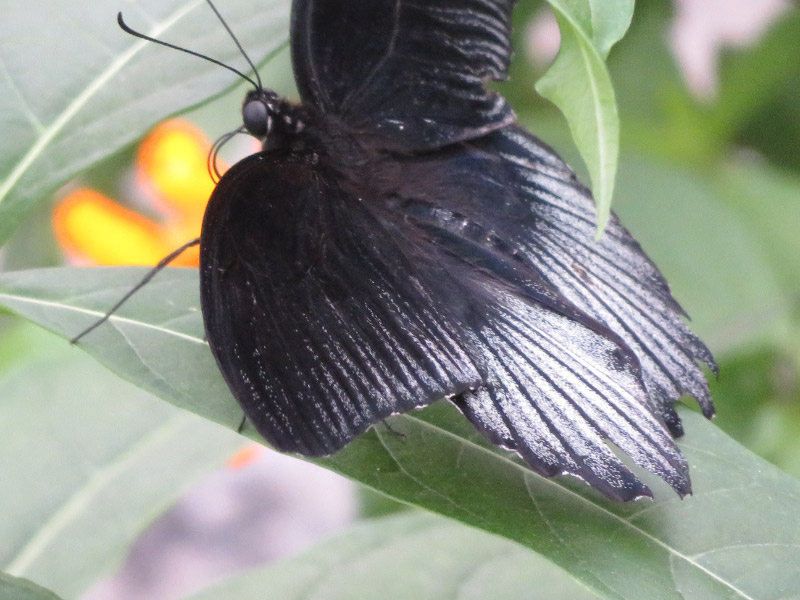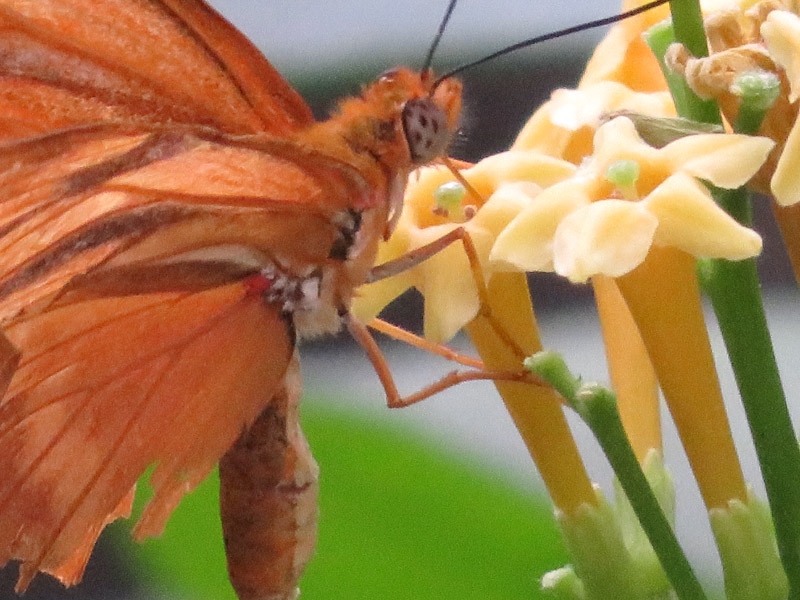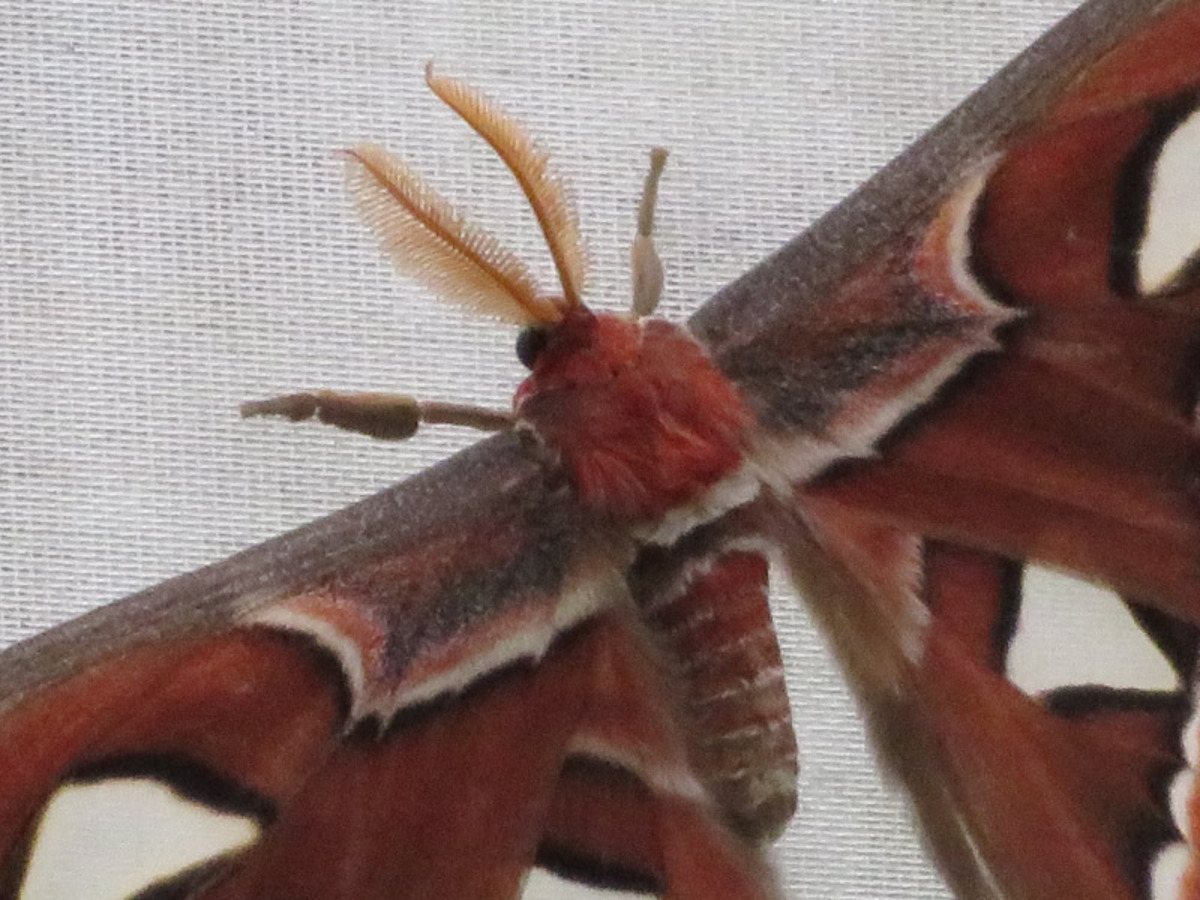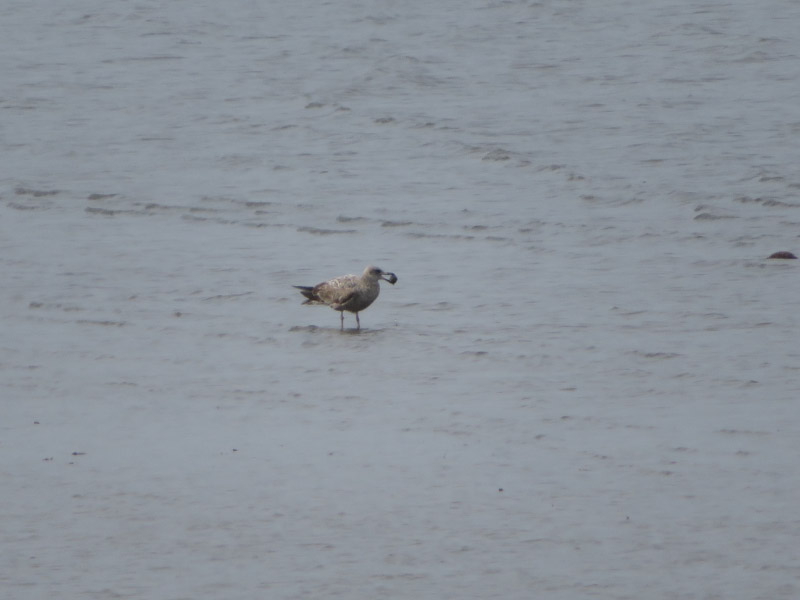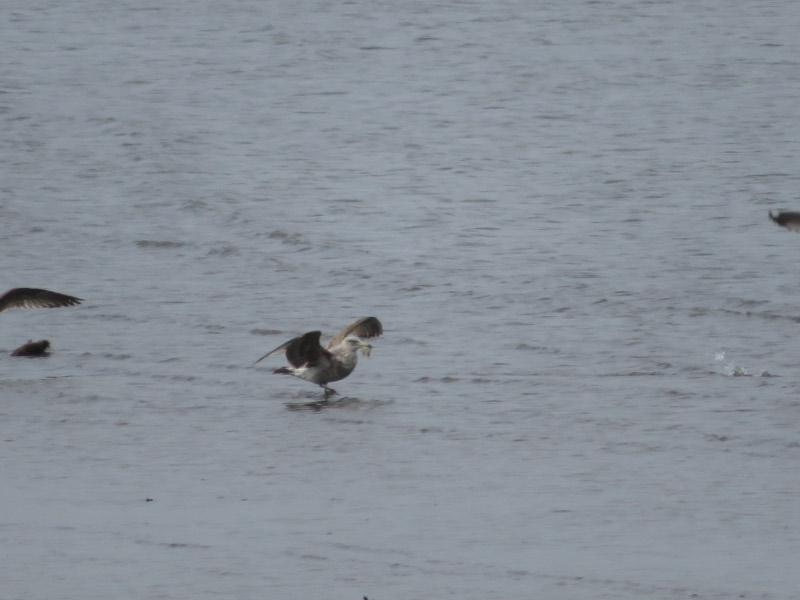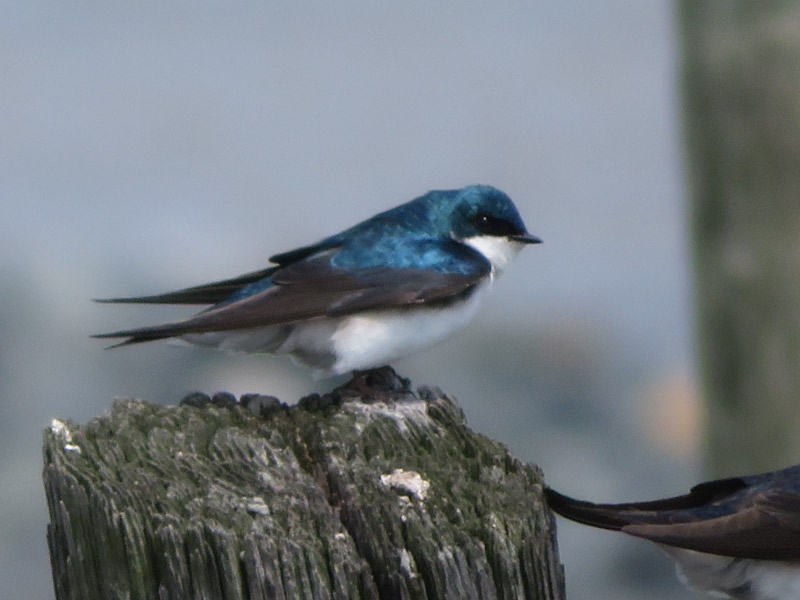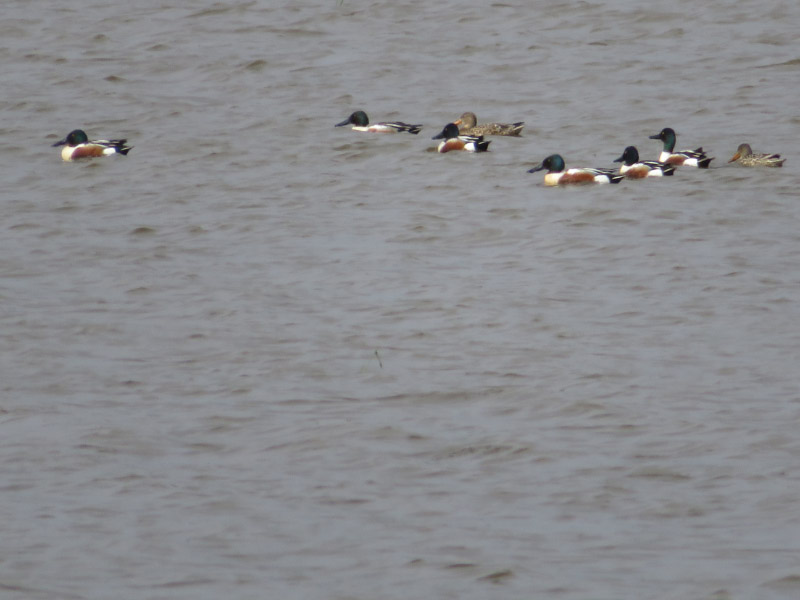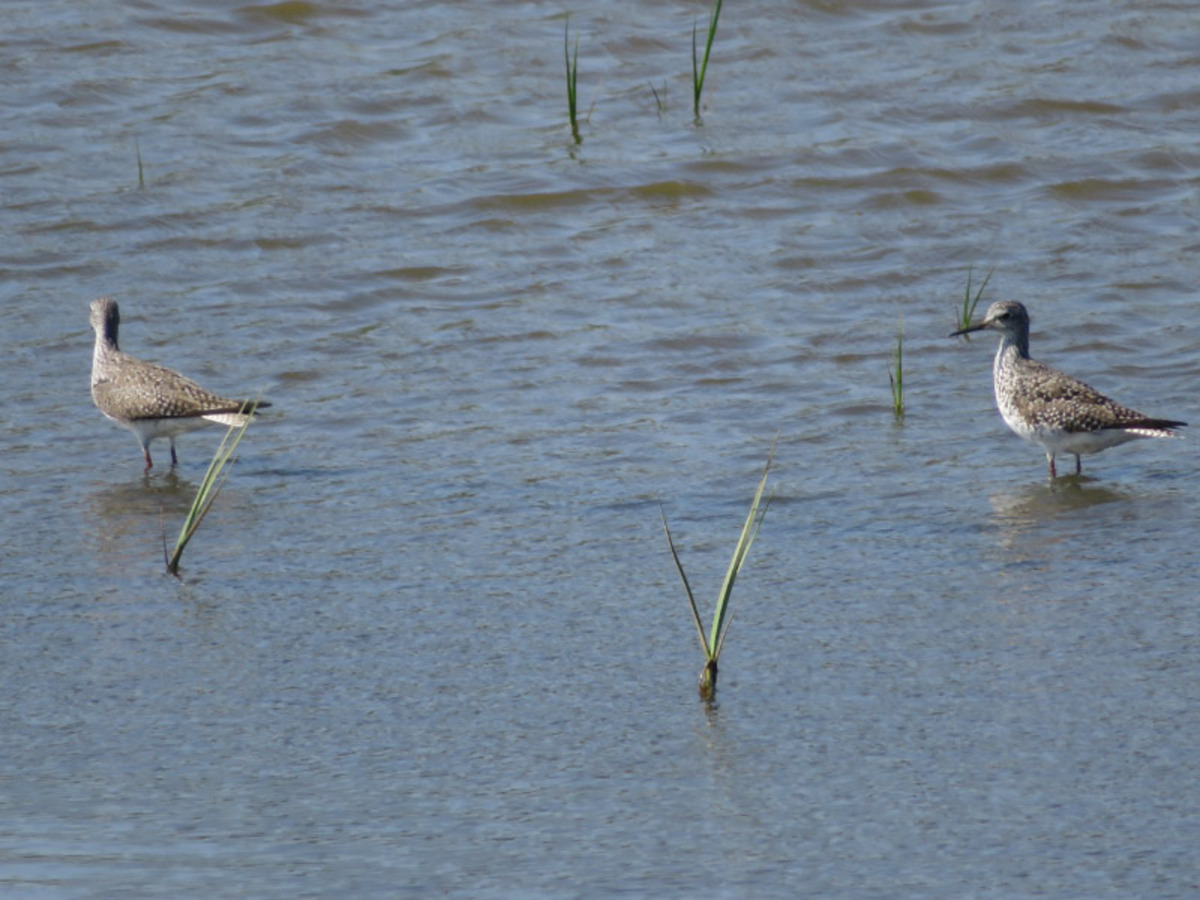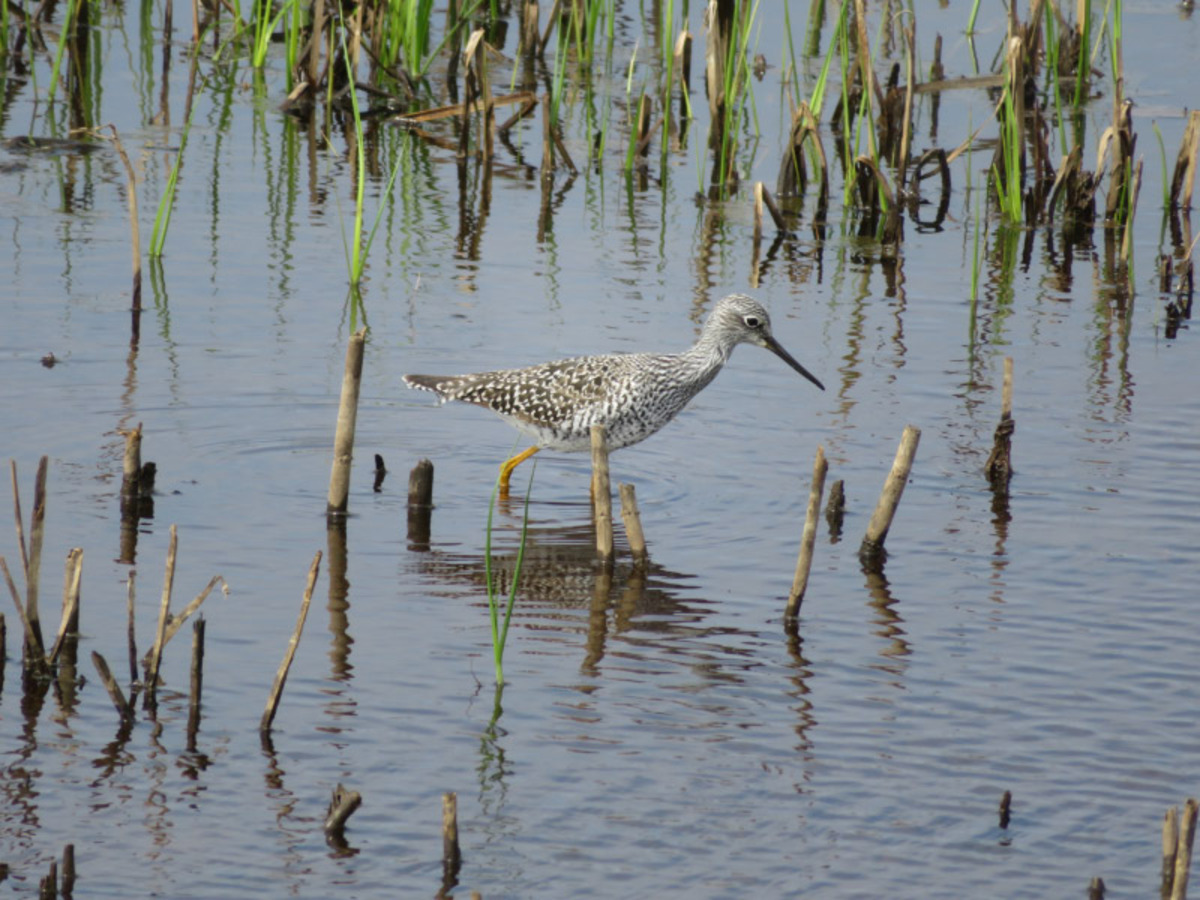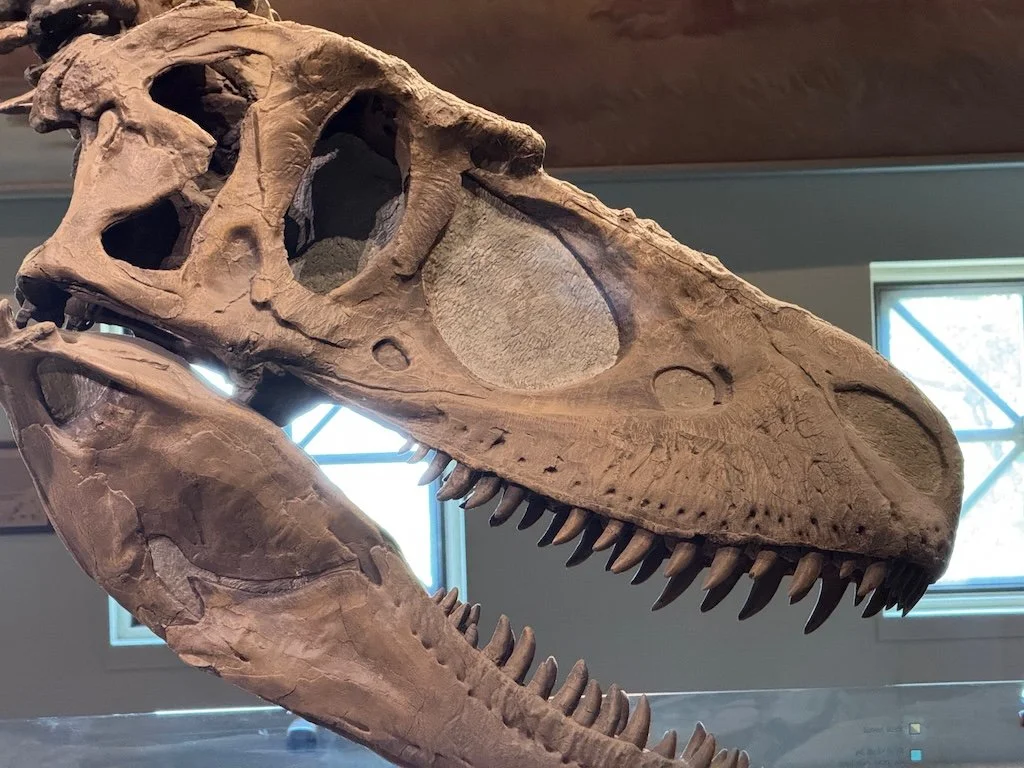Gleanings of the Week Ending June 3, 2017
/The items below were ‘the cream’ of the articles and websites I found this past week. Click on the light green text to look at the article.
Top 25 Wild Bird Photographs of the Week #88 – My favorite is the roadrunner with the lizard!
American Trees are Shifting West – Based on analysis of tree inventories done between 1980 and one finished in 2015 and included 86 species of trees.
New York Marine Life Revealed at Brooklyn Photo Exhibition – Underwater views by photographer Keith Ellenbogen….raising awareness of the conservation needs of local marine wildlife and their habitats.
An inside view of Hong Kong’s hidden rooftop farms – Born out of fear of contaminated food! Fresh, locally grown vegetables are a luxury in the big city that imports more than 90% of its food.
Monarch butterflies: the problem with herbicides – Research that looks at the many factors that contribute to the decline of this migratory insect. I know that in our areas of Maryland there are a lot fewer Monarch butterflies than 20 years ago.
It’s Not Easy Being a Hatchling – 3 osprey hatchlings…growing fast….the live cam feed is available here.
New Online Database Catalogues 20,000 Threatened Archaeological Sites – Armed conflict, looting, tourists, construction….there are a lot of sites at risk. The link is an introductory article; the site itself is here.
The future of employment – There are quite a few categories of jobs that will be done by computers rather than people in coming decades. Some – like registered nurses and teachers – will still be performed by people.
Extremely Detailed Macro Portraits of Colorfully Exotic Insects – Insects….done with one shot, not stacked images.
Vacation at Toadstool Geologic Park – Sometimes out of the way places hold a charm found no where else!









